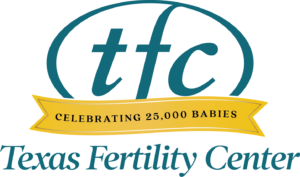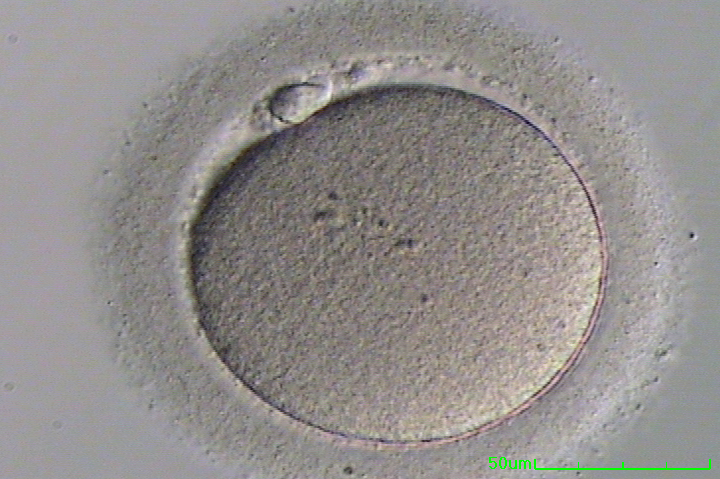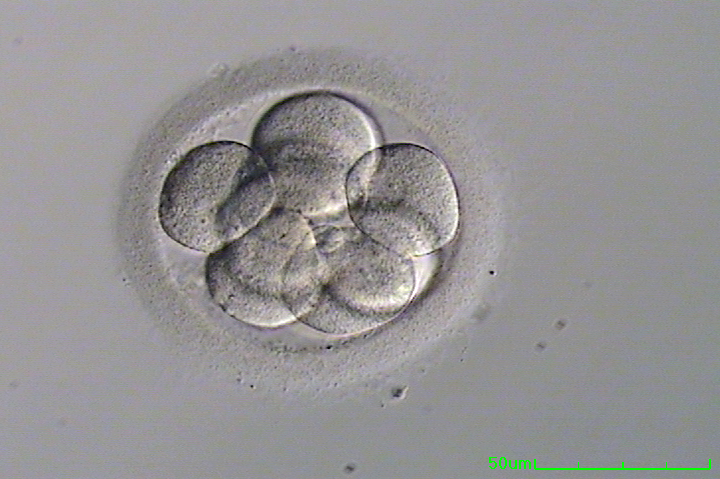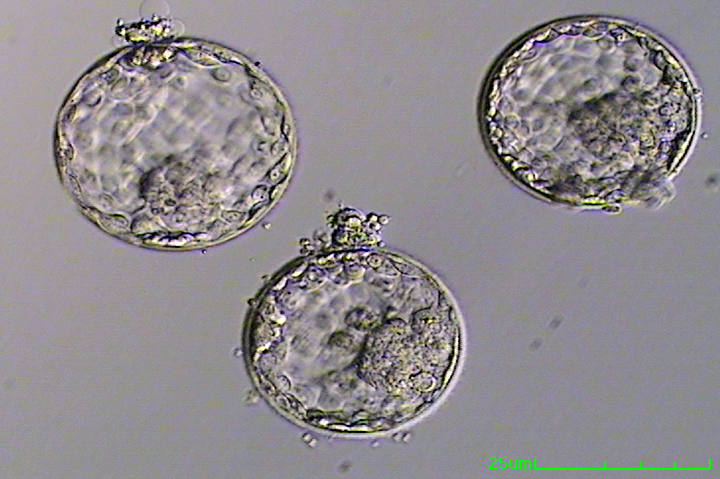
Timeline of embryo development in our San Antonio IVF lab
Important parts of an IVF cycle happen behind the scenes in our San Antonio IVF lab, where a skilled team of scientists works with eggs and sperm and monitors embryo development. You can expect for your embryos to be in our lab for several days as they go through different stages of growth and development prior to embryo transfer.
Egg retrieval – Day 0
Eggs are obtained during the egg-retrieval procedure by using a delicate needle to collect fluid from the ovarian follicles. These are the same follicles that were measured during the ultrasounds leading up to the egg retrieval. This egg retrieval procedure happens while the patient is under anesthesia, so the patient doesn’t have to feel the needle inside the ovary. Fluid from each follicle is taken to the lab, where an embryologist identifies the eggs.
The eggs are prepared for fertilization in a process of three to six hours in the lab, to allow for final maturation to occur. Eggs are exposed to sperm after this time in one of two ways.
One technique involves placing many highly motile sperm around each egg and allowing natural selection of the sperm to fertilize the eggs overnight in the incubator. The other technique, called intracytoplasmic sperm injection, or ICSI, is where normal-appearing sperm are chosen individually and injected through the shell of the egg with a tiny needle.
Neither method guarantees fertilization will occur, as there are still complex mechanisms responsible for fertilization that scientists do not understand. However, both techniques can be used to select the highest-quality sperm possible to optimize chances of pregnancy.
Day 1 after fertilization
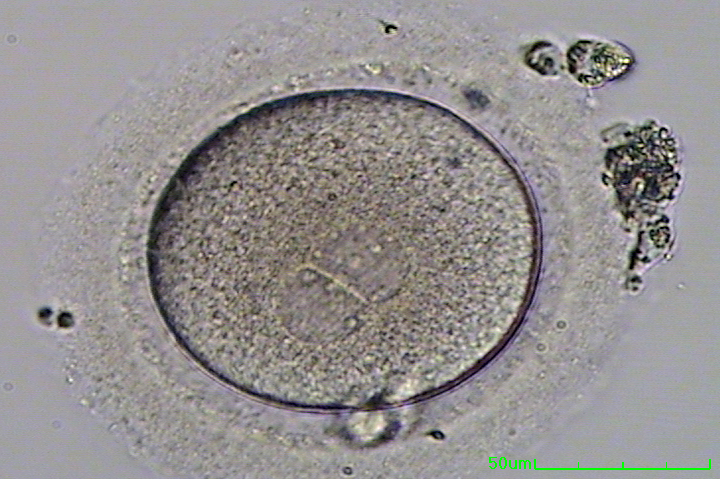 The embryologist looks for normal fertilization the day after egg retrieval. Each egg is brought out from the incubator and checked for the presence of two pronuclei (one pro nucleus from the egg and the other from the sperm). If there are two pronuclei, the egg was fertilized normally. Some eggs will show no evidence of fertilization, or evidence of fertilization happening improperly or off-track.
The embryologist looks for normal fertilization the day after egg retrieval. Each egg is brought out from the incubator and checked for the presence of two pronuclei (one pro nucleus from the egg and the other from the sperm). If there are two pronuclei, the egg was fertilized normally. Some eggs will show no evidence of fertilization, or evidence of fertilization happening improperly or off-track.
Once fertilization has occurred, the fertilized egg is called an embryo. Highly trained embryologists will be able to assess for normal fertilization and any discrepancies.
Days 2 to 5 of embryo development
After the embryologist checks for fertilization, the embryos are returned back to the incubator, so that they continue on the path of growth and embryo development. This is similar to the timeline that embryos would be normally growing and rapidly dividing on their trip down the Fallopian tube to the uterus.
By day 5, the embryos should reach a more specialized stage, called a blastocyst. These embryos usually have started separating cells that will try to become the baby (called the inner cell mass) from ones that will try to become the placenta (called the trophectoderm).
The embryologists will assess for the proper growth and embryo development. Those making it to a suitable blastocyst stage can either be transferred to the uterus; cryopreserved for future use; or biopsied so that genetic testing can be performed, after which the embryo is cryopreserved for future use.
Embryo transfer
Embryo transfers are usually done using blastocyst-stage embryos, once the uterus is prepared for a transfer. Sometimes, this is done in the same cycle as the egg retrieval, but most of the time, transfers are done in a more natural-type cycle, with reduced levels of hormones to mimic the environment of a naturally conceived pregnancy.
Our doctors at Texas Fertility Center and the scientists at our partner Ovation® Fertility San Antonio IVF lab proudly follow the guidelines of our professional societies, the American Society for Reproductive Medicine (ASRM) and the Society for Assisted Reproductive Technology (SART). These guidelines are in place to maximize the chance for pregnancy, while reducing the risk of a multiple pregnancy as much as possible. The number of embryos transferred is dependent on age, reproductive history, risk factors, and whether preimplantation genetic testing has been performed.
Your TFC physician will keep you informed throughout the time your embryos are in our San Antonio IVF lab, keeping you apprised of what’s happening during the most important phases of embryo development. If you have questions, we are here for you, and you can contact us at any time.

